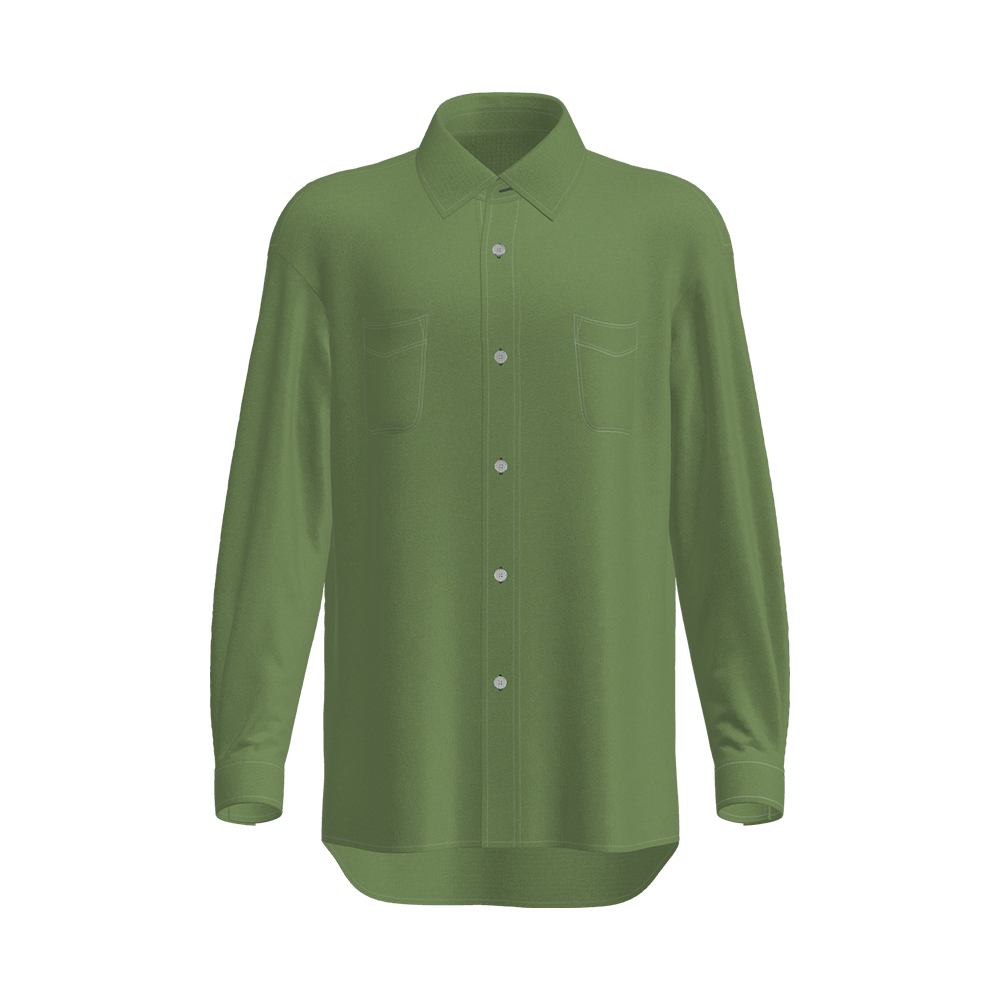
Why Is T Moisture Wicking Single Jersey a Game-Changer in Performance Fabrics?
The textile industry continues to evolve with innovations that enhance comfort, durability, and functionality. Among these advancements, T moisture wicking single jersey has emerged as a leading fabric choice for performance apparel. Designed to efficiently manage sweat and improve breathability, this fabric is increasingly favored in sportswear, activewear, and even professional workwear. Unlike traditional cotton or standard single jersey knits, moisture-wicking single jersey leverages advanced fiber technology to keep wearers dry and comfortable during intense physical activity.
What Makes T Moisture Wicking Single Jersey Stand Out?
The superiority of T moisture wicking single jersey lies in its specialized construction and material composition. Unlike conventional fabrics, which absorb and retain moisture, this fabric actively pulls sweat away from the skin and disperses it across the surface for rapid evaporation. This is achieved through a combination of hydrophobic synthetic fibers—typically polyester or nylon—engineered with capillary action properties.
The single jersey knit structure further enhances its performance. Known for its lightweight, stretchable, and breathable nature, single jersey allows for better air circulation while maintaining a soft hand feel. When combined with moisture-wicking treatments, the fabric becomes highly efficient in regulating body temperature, making it ideal for athletic wear and high-exertion environments.
Additionally, moisture-wicking jerseys often incorporate antimicrobial finishes to prevent odor buildup, a common issue in performance fabrics. This dual functionality—sweat management and odor resistance—positions T moisture wicking single jersey as a versatile solution for both everyday activewear and specialized sportswear.
Hot Applications: Where Is This Fabric Dominating the Market?
The adoption of T moisture wicking single jersey spans multiple industries, driven by its adaptability and performance benefits. Below are some of the most prominent applications:
1. Sportswear & Activewear
The primary market for moisture-wicking single jersey is athletic apparel. From running shirts to yoga leggings, this fabric ensures athletes remain dry and comfortable. Its elasticity and breathability make it particularly suitable for compression wear, where close-fitting garments must maintain functionality without restricting movement.
2. Workwear for Extreme Conditions
Professionals in healthcare, military, and industrial sectors require fabrics that withstand prolonged wear in demanding environments. Moisture-wicking jerseys are increasingly used in scrubs, tactical uniforms, and safety gear due to their sweat-management properties and durability.
3. Sustainable & Eco-Friendly Fashion
With rising demand for sustainable textiles, some moisture-wicking single jersey variants now incorporate recycled polyester or biodegradable fibers. These eco-conscious options appeal to brands and consumers prioritizing environmental responsibility without sacrificing performance.
Comparison of Common Moisture-Wicking Fabrics
| Feature | T Moisture Wicking Single Jersey | Standard Cotton Jersey | High-Performance Microfiber |
|---|---|---|---|
| Moisture Management | Excellent | Poor | Excellent |
| Breathability | High | Moderate | Very High |
| Durability | Strong | Moderate | Very Strong |
| Stretch & Recovery | Good | Limited | Excellent |
| Eco-Friendly Options | Available | Yes (organic cotton) | Limited |
How to Choose the Right Moisture-Wicking Jersey for Your Needs?
Selecting the optimal T moisture wicking single jersey depends on several technical and functional factors. Below are key considerations for buyers and designers:
1. Fabric Weight (GSM)
The grams per square meter (GSM) determine thickness and suitability for different climates. Lighter fabrics (120-160 GSM) are ideal for summer wear, while mid-weight options (170-220 GSM) provide better insulation for cooler conditions.
2. Wicking Efficiency & Drying Time
Not all moisture-wicking jerseys perform equally. Look for fabrics tested under industry standards (e.g., AATCC 195) to verify wicking speed and evaporation rates.
3. Durability & Care Requirements
Repeated washing can degrade moisture-wicking treatments. Fabrics with permanent wicking technology (e.g., embedded fiber modifications) outlast surface-coated alternatives. Always follow care labels to preserve functionality.
4. Certifications & Safety Standards
For specialized applications (e.g., medical or military use), certifications like OEKO-TEX® or ISO 6330 (for colorfastness and shrinkage) ensure compliance with safety and quality benchmarks.
The rise of T moisture wicking single jersey reflects broader shifts in textile innovation—where functionality, comfort, and sustainability intersect. As advancements in fiber technology continue, we can expect even more efficient and eco-friendly variants of this fabric to emerge. Whether for competitive athletics, occupational wear, or casual activewear, moisture-wicking single jersey offers a proven solution for modern performance needs.
For manufacturers and brands, investing in high-quality moisture-wicking jerseys means meeting consumer expectations for durability and comfort. For end-users, understanding the fabric’s properties ensures informed purchasing decisions. As the market evolves, T moisture wicking single jersey is poised to remain a cornerstone of high-performance textiles.
Final Notes
- Avoid excessive washing with harsh detergents to maintain wicking properties.
- Layering with other performance fabrics can enhance temperature regulation.
- Always verify fabric specifications with suppliers to match intended use cases.
LATEST POST
Let’s create something amazing together
contact usDon't hesitate to contact when you need us!



 English
English 한국어
한국어 中文简体
中文简体

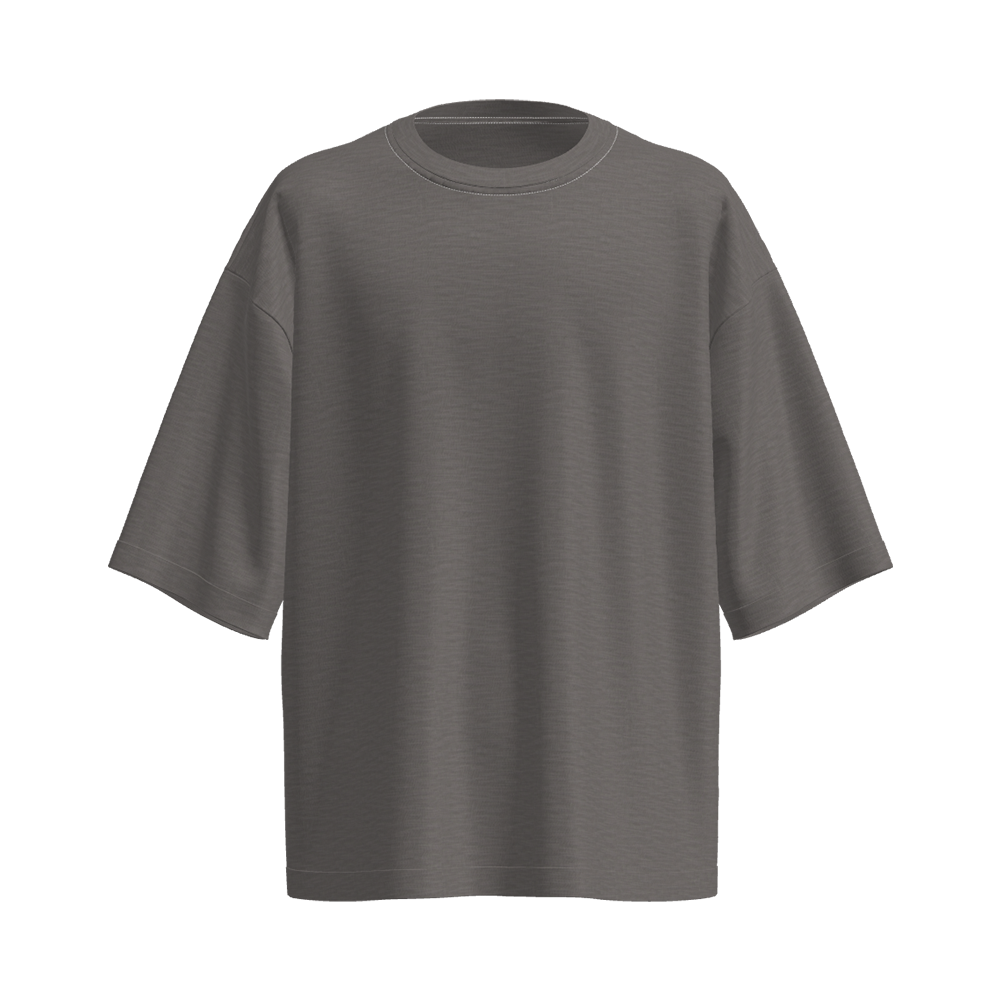
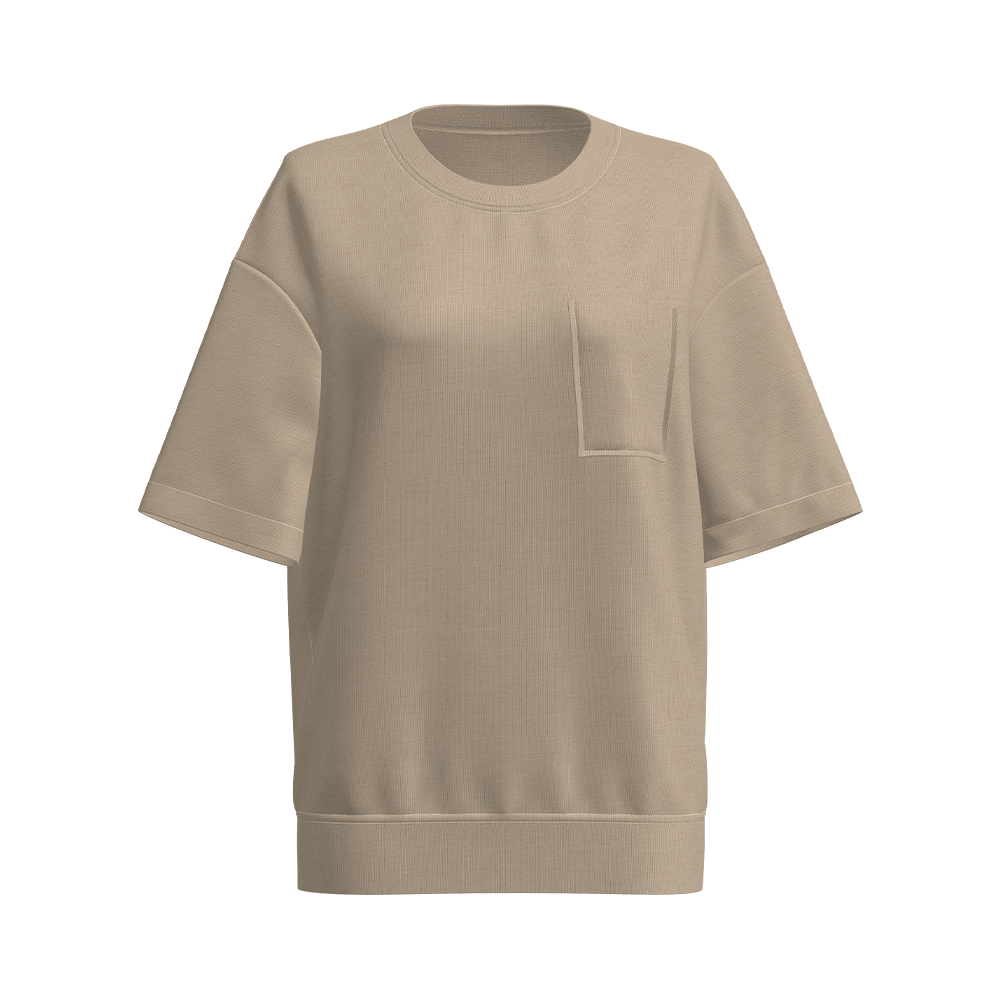
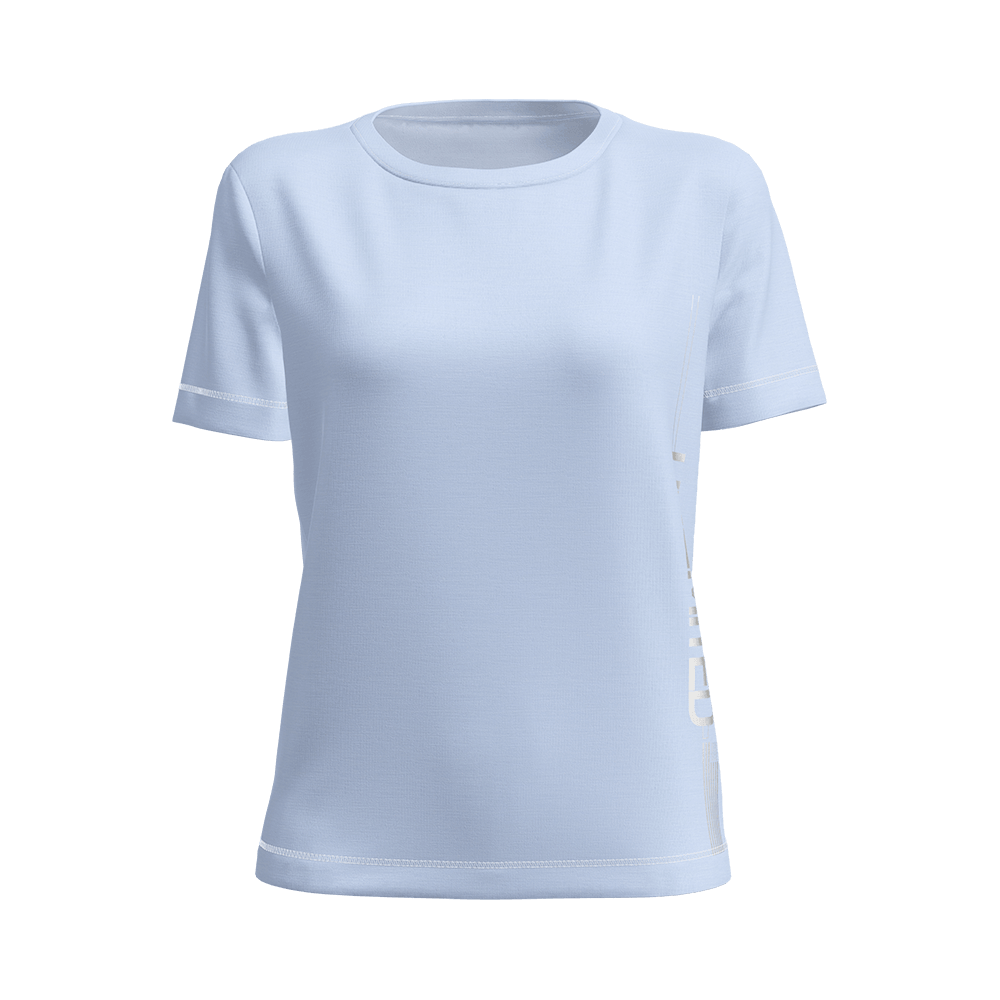


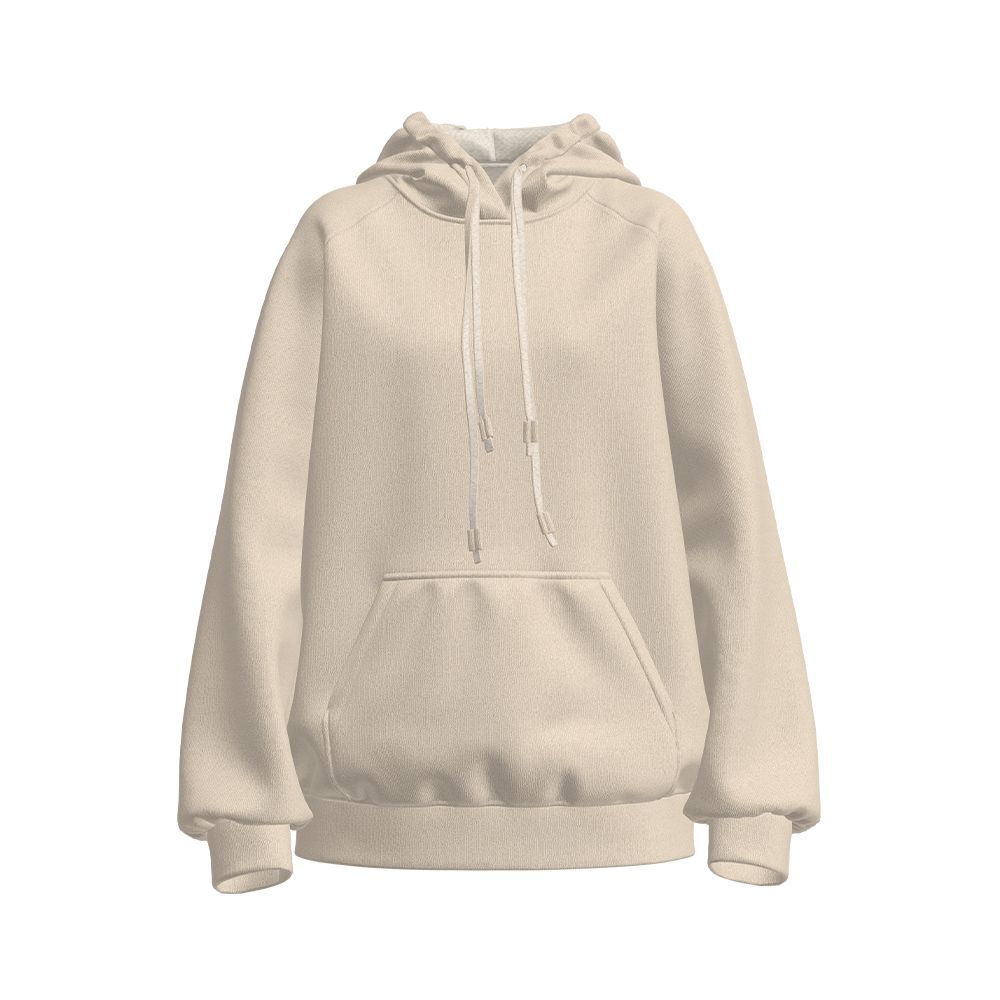


 +86-512-52528088
+86-512-52528088 +86-512-14546515
+86-512-14546515

